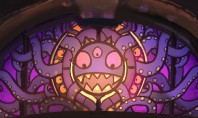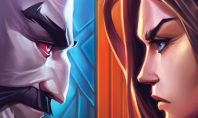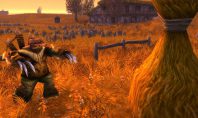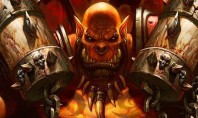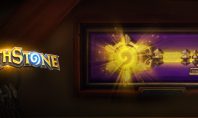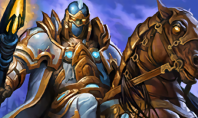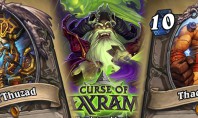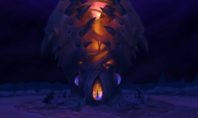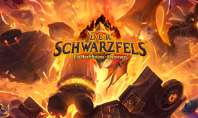Hearthstone: Dean „Iksar“ Ayala über die anstehenden Nerfs
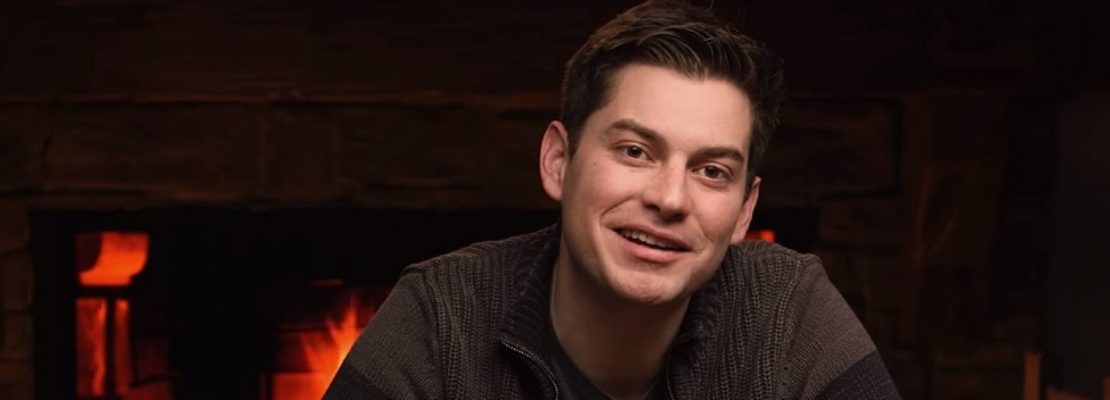
Da die am 05. Februar 2019 in allen Spielregionen erscheinenden Nerfs aus ausgewählten problematischen Karten im Verlauf der letzten Tage zu vielen negativen Diskussionen innerhalb der Community von Hearthstone führten, hat sich der direkt an diesem Kartenspiel mitarbeitende Lead Balance Designer Dean „Iksar“ Ayala am vergangenen Wochenende gleich mehrmals auf Reddit zu Wort gemeldet und dort dann eine interessante Bluepost zu diesen kommenden Spielbalanceänderungen veröffentlicht. In diesen Beiträgen ist dieser Entwickler immer auf bestimmte Beschwerden aus der Spielerschaft eingegangen und versuchte auf eine leicht verständliche Weise zu erklären, warum das Entwicklerteam sich für diese Vorgehensweisen entschieden hat und was für Ziele sie mit den geplanten Nerfs verfolgen. Wer sich zwar für dieses Thema interessiert, aber nicht jeden Bluepost selbst durchlesen möchte, der findet folgend praktischerweise eine Zusammenfassung der interessanten Aussagen dieses Entwicklers.
Zusammenfassung der Blueposts:
- Die Nerfs sollen nicht dafür sorgen, dass die verschiedenen Decks des Jägers unspielbar werden. Nur der Secret Hunter sollte etwas abgeschwächt werden.
- Der Secret Hunter war in den letzten Wochen das stärkste Deck von Hearthstone und beinahe auch das beliebteste Deck.
- Die Entwickler sind froh darüber, dass Todespirscher Rexxar bald aus dem Standardformat verschwindet. Die Karte ist etwas zu stark und Jäger werden in der nahen Zukunft vermutlich keine weitere Karte dieser Art erhalten.
- Eine Lektion des Entwicklerteams: Erschaffe keine Karten wie Todespirscher Rexxar.
- Gleichheit ist eine dieser Karten, die in beinahe jedem Deck des Paladins ihren Platz fand. So eine Situation ist problematisch.
- Die Kosten von Gleichheit auf 4 zu erhöhen sollte dafür sorgen, dass diese Karte zwar weiterhin in Control-Decks gespielt wird, aber aggressive Decks eher auf diese Karte verzichten. Kosten von 3 hätten dieses Ziel nicht gut genug erfüllt.
- Die Änderung an Gleichheit soll gut für die langfristige Gesundheit des Spiels sein. Auf kurze Sicht gesehen ist es eher eine neutrale Änderung.
- Die generften klassischen Karten sind Karten, die zwar perfekt zu dem Thema und den Mechaniken ihrer jeweiligen Klasse passen, aber aktuell etwas zu stark sind und somit die Freiheit der Entwickler beim Erschaffen von zukünftigen Karten sehr einschränken.
- Klassische Karten werden in die zeitlosen Klassiker verschoben, wenn sie zu sehr gegen das Thema ihrer Klasse verstoßen und selbst durch einen Nerf nicht zu retten sind.
- Zukünftige Nerfs an klassischen Karten werden vermutlich den beiden oberen Punkten folgen.
- Das Basis-Set und das klassische Set sollen den Spielern nützliche Karten zur Verfügung stellen, die gleichzeitig einen hervorragenden Job beim Repräsentieren der Mechaniken ihrer jeweiligen Klasse machen. Um diese Ziele zu erfüllen, müssen die Entwickler gelegentlich Karten nerfen, problematische Karten aussortieren und neue Karten hinzufügen.
- Die klassischen Karten sollten für jede Klasse ungefähr gleich stark sein.
- Einer der schlimmsten Momente im Spiel ist die Situation, in der ein spaßiges Deck durch den Nerf an einer Karte unspielbar wird.
- Auch wenn die Entwickler das Zerstören von Decks vermeiden möchten, so ist das aber leider nicht immer möglich.
- Ein rotierendes Core Set würde regelmäßig dafür sorgen, dass beinahe alle Decks der Spieler auf einen Schlag unspielbar werden. Die Entwickler mögen diese Situation nicht.
Hunter is still going to be prevalent
I hope so, the goal wasn’t to completely invalidate Hunter archetypes, or really any of the cards we changed. When we make a balance change it’s less about looking at the current environment and more about trying to understand what Hearthstone is like after we make changes. Statistically, Secret Hunter was the most powerful deck in the game and close to the most popular. We felt like there wasn’t a huge long-term downside to changing the secret build-around card that is likely to get more powerful over time in Wild while we can protect against Secret Hunter separating itself from the pack even more than it already was in Standard. (quelle)
I actually like Rexxar a lot, it’s many people’s favorite card. That said, I’m glad it’s rotating and it’s unlikely we’ll make cards like it in Hunter anytime in the near future. It’s easy to fall into the trap of making cards that are exciting because they do a thing that class doesn’t usually do. It is exciting, but it hurts when classes start to lose their identity. Access to a bunch of healing and late-game value generally isn’t what Hunter is about, and Rexxar changed that. There are no hard rules in design, the ultimate goal is for people to have the most fun playing the game. When you start drawing lines in the sand it’s easy to make changes that are less fun for the sake of falling in line with a rule you made in the past. In this case, I think it was probably correct to put more value on the identity of our classes, but at the time we made the decision to go forward with the card because I think we underestimated how well it was going to be a control-hunter-all-in-one-card. Also, it was crazy fun in playtesting. There are some design lessons to be learned with Rexxar, but I don’t think that lesson is never create cards like Rexxar. (quelle)
I tried to touch on this a few places, but Odd Paladin and Equality not being three are unrelated. Classic and Basic cards that are so powerful they are in every archetype in every expansion is something that is very harmful to the goal of expansion metas feeling fresh and new. Equality at (3) mana in our playtesting didn’t really solve this. The change to (4) was actually very jarring to us, but we wanted to try playtesting it in current and future environments anyway. After all those games, we felt like it was a reasonable option at (4) in control archetypes (now in in the future) but less reasonable in aggressive decks. That ideally where we’d like most cards to be, so (4) ended up being where we landed. If we thought (3) removed it from being in all paladin archetypes for the foreseeable future but Odd Paladin would get better in the short term, we would have just done that. (quelle)
The goal was to make a change that helps the game in the long-term, while also doing something that was good or neutral for the short-term of the game. From a balance perspective, I don’t think there is a problem with any of the Paladin archetypes currently. Even and Control Paladin are powerful enough in the current environment I think they can withstand a power level hit and still be interesting decks to play. Odd Paladin is still great, too. Not so much that it’s a problem, though. (quelle)
Cards from classic and basic that get nerfed are cards (usually) we think are healthy designs that fit with the flavor and mechanics of a particular class…. they are just too powerful and limit the amount of space you can explore when new expansions release. They get rotated to the hall of fame when the violate what that class should be about. For example, Wild Growth is a great communicator for what Druid is about. We’d rather keep it around at a lower power level. On the flip side, if say a card like Healing Rain was in Hunter’s basic set, we’d rather rotate that than nerf it. Hunters shouldn’t be about big healing spells. I’d expect any classic and basic changes that might happen in the future to follow these general guidelines. (quelle)
The long-term plan for both of these sets is to be forever cards that do a great job of representing their individual class identities, while also having powerful cards that make having cards from this set feel worthwhile. Each individual classes cards should be comparable in power level and not have too many extreme power cards that go in every deck forever.
Some of this will require rotating cards that don’t fit with the class themes, some of this will require the rebalance of cards that are either so powerful they are included in every deck, or by designing new cards to replace the ones that have rotated out. (quelle)
Totally true. One of the most painful moments both anecdotally and statistically for players is when they have a deck they are playing that breaks. Literally breaks by the game saying the cards they have it in are no longer valid. (quelle)
We try to come up with solutions that don’t violate that when they can, but it’s not always possible. Set rotation hits a large number of players but also misses a huge pool of players that are using ‚forever‘ sets and don’t have rotated cards. (quelle)

